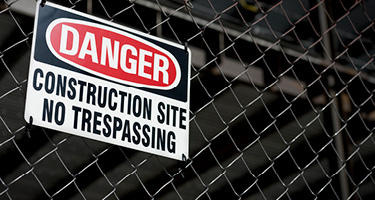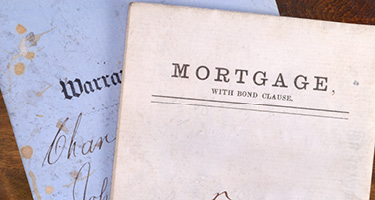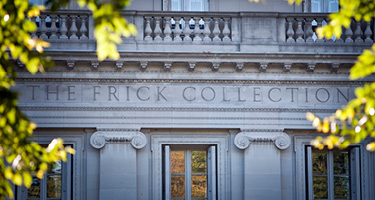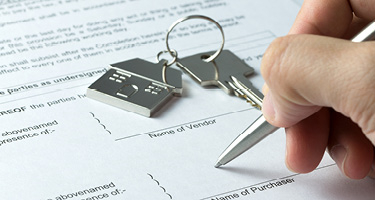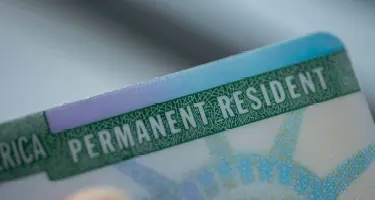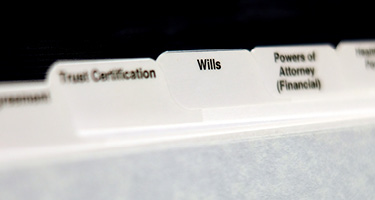"The holding of assemblies of the elders, fighting men, or people of a tribe, community, or city to make decisions or render opinion on important matters is doubtless a custom older than history," notes Robert's Rules of Order, Newly Revised (“Robert’s Rules”). This resulted in the need for rules of procedures to organize and obtain results.
Using a simplified version of Robert’s Rules, cooperative and condominium boards of directors and managers have been able to run effective, efficient and productive board meetings that assist, run and decide important and unimportant matters for their buildings.
The most important objectives of Robert’s Rules are (a) to set goals or an agenda for the board meeting, (b) to keep the meeting streamlined and on topic, (c) to allow everyone to have input without allowing one or more board members to highjack the meeting, (d) to ensure that there is discussion of important matters and (e) that votes are cast to decide policies of the cooperative or condominium that the board deems necessary and appropriate to the interests of the cooperative or condominium building and its shareholders or unit owners.
The Agenda
To keep everyone focused and tempers restrained, I have always suggested that the agenda be long enough to get results, but short enough to achieve the silent goal of the agenda—a productive meeting lasting no more than an hour. I have always noticed, in the thousands of meetings I have attended in my career, that those meetings where bread is broken are not only more productive but result in better behavior. I have also noticed that in a few cases food can be a distraction. I have seen boards provide pizza or desserts at every meeting, and many more buildings have no food at all.
The agenda should be prepared in advance, and board members should be prepared from recommendations submitted by all board members, the building’s manager/super and compiled by a designated agent or managing agent who makes it into a workable document. I suggest putting the most important topics earlier in the meeting, but if any topic is likely to require prolonged discussion, to place topics that will take very little time before the one requiring prolonged discussion.
Making a Motion: Step 1 in Attempting to Vote
The goal of a motion is to have an idea or item that a board member wants/decided/agreed to by a majority (51%) of the board. The board member makes a motion by stating I make a motion for [fill in the blank].
The Second
If the motion is not seconded or if another person does not vote to support or agree with the motion being proposed, the motion does not go forward. The second can be made by voice, “I second the motion” or by raising your hand after someone says “is there a second for the motion?”
Discussion
Once the motion is seconded, the floor or meeting is open for discussion. The person running the meeting will call on persons raising their hand in turn to speak one at a time. Once everyone has a turn to speak that wants to speak, a vote on the motion is taken.
Calling A Vote
Any board member can move to end discussion and/or call a vote on the motion at any time. If the deflation or motion to end the discussion is challenged, then a formal motion must be made to end discussion on the motion and to call a vote on the motion. The board member making this motion cannot start a new discussion or do anything else other than vote to end discussion and call a vote on the current motion. Once seconded to end the discussion, the voting to end discussion begins.
If a majority vote is not received or, more frequently, if the person running the meeting does not get a unanimous “all in favor of calling a vote on the motion,” then discussion shall continue until “we have a majority ready to vote up or down or yes or no on the motion, or until an amendment to the motion is made, or a motion to deal with this motion at a subsequent meeting once more information is gained, is made.”
Voting
The person running the meeting can call for an oral vote or a paper ballot where everyone votes at once. If a board member wants the votes in the minutes and recorded, an objection may be made, and an alternative voting means will be adopted. If there is a debate on which way to vote, a motion must be made on the voting protocol, and a majority vote will decide how voting will take place—usually raising a hand, roll call, voice voting or private ballots. In all cases, majority vote or one more than half wins, and the action voted on passes.
Amending a Motion
Many times, board members agree with the decision or action to be taken by the building and board but desire to change the wording of the motion or add something to the original motion that may have been forgotten or that strengthens the motion. The amended motion follows the same path as the path taken when making a motion, and the person in charge of the meeting (or “Chair”) declares “making a motion to amend the motion to add… Is there a second…” And then the discussion leads to a vote on the proposed amendment.
Point of Order
One of the most essential rules for a well-run meeting is that every person speaks uninterrupted. However, Robert’s Rules provide that when a particular Robert’s Rule is not being followed, a speaker can be interrupted. That person interrupting the speaker must declare “Point of Order,” and the room freezes, and the person declaring “Point of Order” obtains the right to speak and explain how the current discussion at the meeting is being conducted in a manner that is in violation of a particular Robert’s Rule. The Chair then either agrees with the Point of Order and halts the discussion or rejects the Point of Order by declaring the objector “out of order” and allows the discussion to continue.
Adjourning the Meeting
Most votes to adjourn the meeting are unanimous and called by the person running the meaning, by saying “all in favor of adjourning the meeting,” and everyone usually answers “I.” However, sometimes board members have one more topic that was not addressed and deemed important which they want to be discussed by the board. In every meeting I have ever attended, that board member gets an audience, but the meeting may nevertheless be adjourned and that topic handled at another time or not at all. Sometimes, however, that new last topic leads to significant debate and important decision making.
Point of Information
A person may rise to offer information that is considered necessary for the group. This provision is not used to offer debate.
Right to Speak and Present
The moderator of the meeting must give every member the same opportunities to present and speak without favoring any one board member. A person who has not spoken gets precedence in speaking before board members who have already spoken.
When a group agrees on a set of rules to follow, and they are followed every time, year after year, decade after decade, you trust that those rules and the resulting process engendered by those rules will work to help your meetings run smoothly. In my experience, in most cases, when a person running the meeting chose to not follow a Robert’s Rules format, what then occurred was what would happen if that person were thrown a ball in a game he/she was playing for the first time without knowing what was happening. But, when followed, Robert’s Rules works, and they have helped thousands of buildings to get results in helping their buildings in meeting their goals and tackling their problems, and in seeking answers and solutions to the tasks before them. The danger occurs when the rules are amended or shortened, like in the book “Animal Farm.” Once a meeting does not have a set of rules to follow, usually one or two board members are able to highjack the building, and that is when problems eventually start occurring. I have not seen any alternative to some form of Robert’s Rules for Cooperatives and Condominiums, and for almost three decades, board meetings are running well—mostly because of the dedicated men and woman serving to make their buildings better than how their buildings were run before they were on the board.



